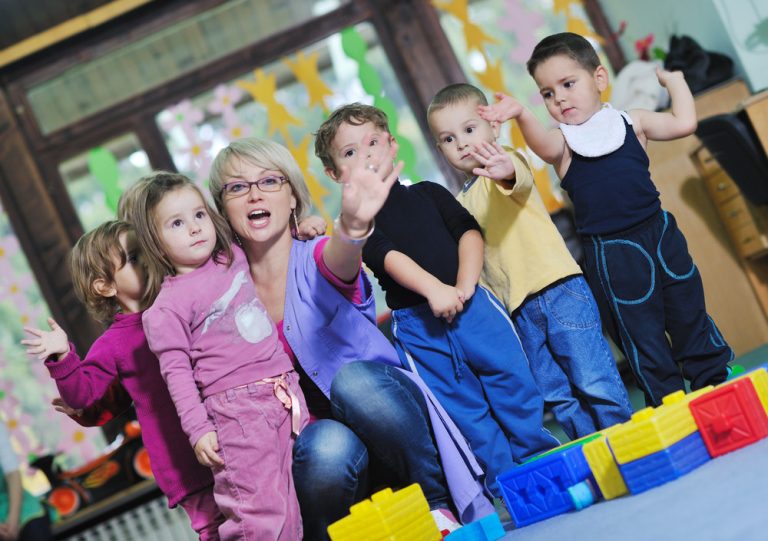


If you’re homeschooling your child, it makes sense to include a second-language curriculum. Since children are in the process of acquiring language skills during their first eight years, it’s easier to introduce a second language during this time period. After learning a second language, it is even easier for them to learn a third.
Some language experts believe that it’s best to introduce a child to a foreign language before they’re ten. Other experts, however, believe it’s better to do so before they are five. When a child is between 8-to-12, however, their language-acquisition abilities are not as pronounced as when they were younger. While they still have the ability to learn a new language during this age bracket and beyond, beginning as early as possible is recommended.
During the preschool and kindergarten years, a child’s language acquisition skills are heightened. In addition to being able to pronounce unfamiliar sounds, they are also able to learn new grammar rules with greater ease. When a child is introduced to Spanish curriculum for preschoolers, for example, they can learn a considerable amount of vocabulary and grammar rules through imitation, repetition, songs, and games.
You may be interested to know that foreign language requirements are mandatory in many countries outside the United States. Students usually begin learning a foreign language by the time they are eight. In the United States, however, foreign language classes usually aren’t available until junior or senior high.
The Summer Institute of Linguistics reports that over two-thirds of children around the globe are bilingual. In the United States, however, only 17% of the total population speaks a language other than English.
When including a second language with your homeschool curriculum, Spanish is an excellent choice. Not only is it the official language in 21 countries, it’s also spoken prevalently within the United States. A recent census report showed that it is also the second most-spoken language throughout the world.
In addition to providing opportunities for your child to speak with other Spanish-speaking children and adults in their neighborhood or at special events, you may also choose to plan a trip to a Spanish-speaking country. Being immersed in another country’s culture can assist both you and your child with acquiring even more language skills, especially nuances of meaning.
Another benefit to including Spanish curriculum lessons for preschoolers and kindergarteners is that they can continue developing these language skills throughout grade school, junior, and senior high. They may also choose to continue their studies by taking more advanced classes in college.
Being proficient in a second language can open the door to more employment and career opportunities. It’s been shown that an average bilingual employee will earn approximately 20% more than their monolingual counterparts.
If you’re just beginning to explore homeschooling for your preschool-aged child, there are so many great materials when you use a Spanish curriculum for kids. Story time, as you’re probably aware, is often one of a child’s favorite activities at this age.
In addition to story time in English, you can also read Spanish story books to them. If you don’t know how to read Spanish yet, your child can listen to these stories being read as part of a Spanish curriculum for kids.
Once you include a Spanish curriculum for kids into your homeschooling program, you will discover even more benefits. As a parent that has chosen to homeschool, you will be able to closely monitor their progress and be proud of all the new skills they develop.





